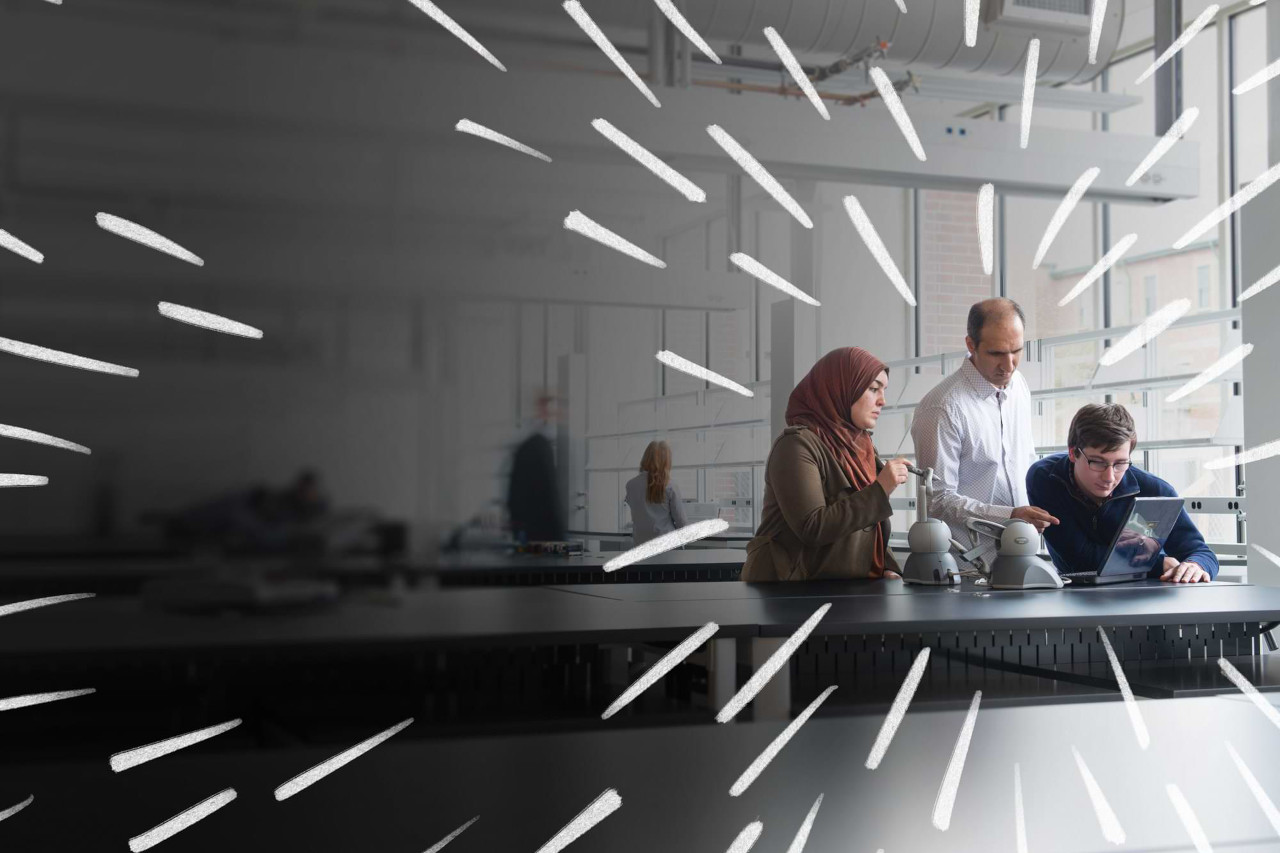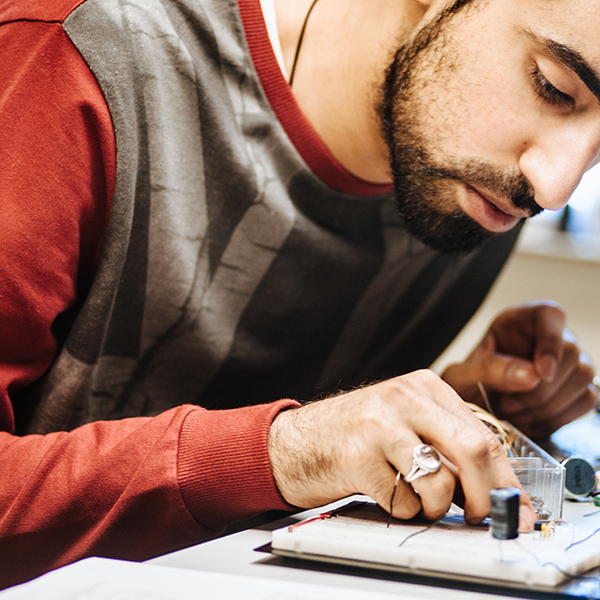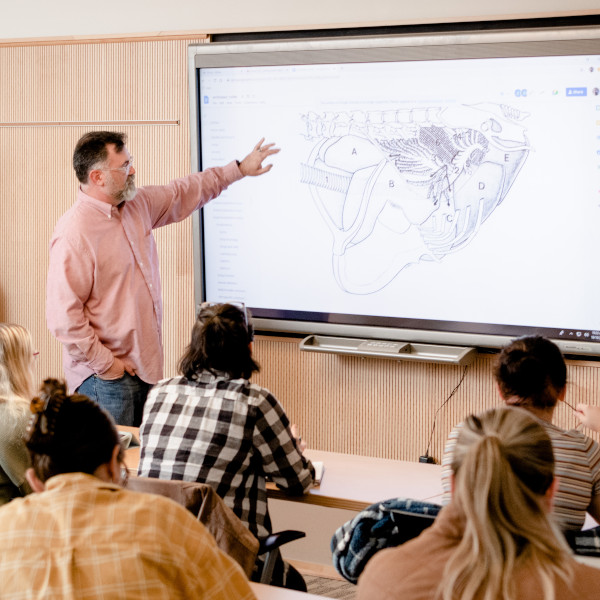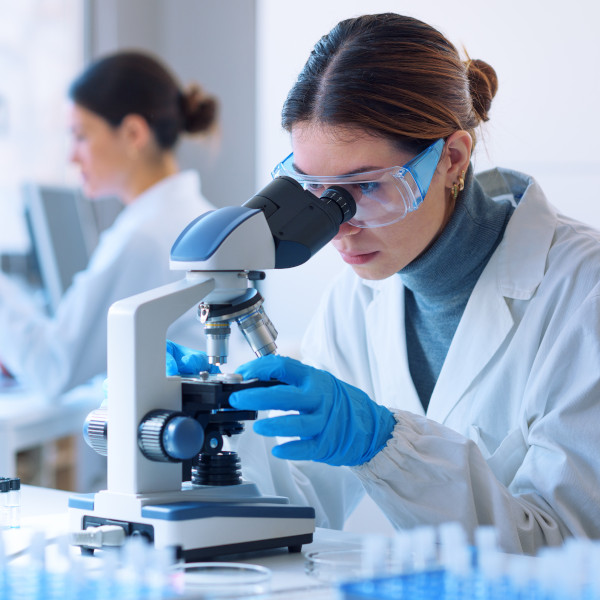Bioengineering BS/MS 4+1 Program
Imagine yourself on the cutting edge of technology, a bioengineer designing the next generation of artificial limbs, building state-of-the art medical equipment, creating the next advanced therapies to combat debilitating diseases or using designs by nature to enhance environmental protection efforts.
The bioengineering 4 + 1 program at Wilkes University is a unique, accelerated program that combines four years of undergraduate study in biology, biochemistry, electrical engineering or mechanical engineering and one year of graduate study in bioengineering. With careful planning and consultation with your faculty advisor, you will take master’s-level bioengineering courses as an undergraduate, allowing these courses to count toward both the bachelor’s and master’s degrees.
The cross-disciplinary program includes concepts in engineering, biology, medicine, health, computer science and biomedical engineering.
Wilkes University’s bioengineering program prepares students for careers in a variety of fields, including research and development, academia, pharmaceutical manufacturing, health care, environmental remediation and genetics.



